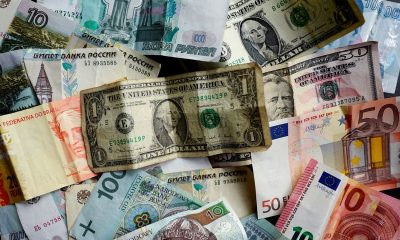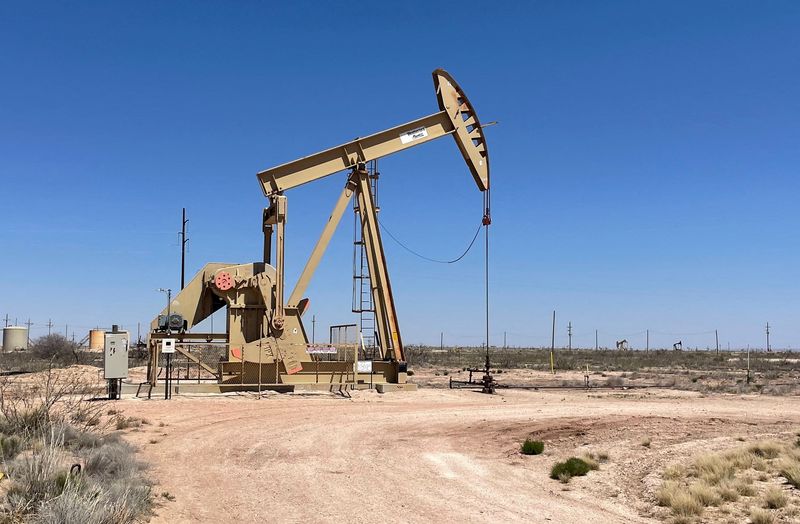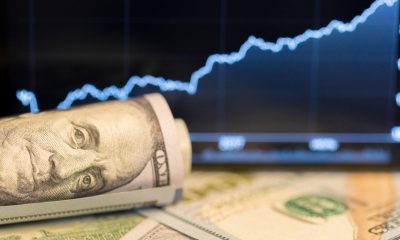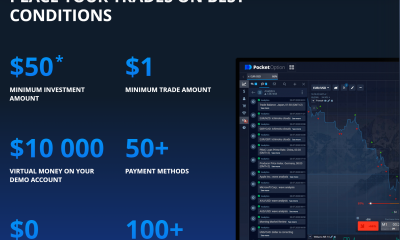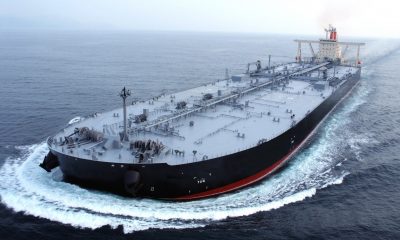Commodities
How might rate cuts impact copper and aluminium?
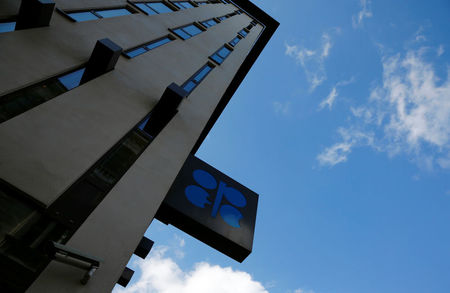
Investing.com — With the Federal Reserve likely to initiate rate cuts in the upcoming meeting on September 17-18, investors are increasingly focused on the potential impacts of U.S. monetary easing on industrial metals, particularly and .
Analysts at HSBC have constructed two possible scenarios, offering insights into how copper and aluminium prices may behave during different economic outcomes.
In a soft landing scenario, where the U.S. economy avoids a recession and the Federal Reserve makes incremental rate cuts—three 25bps reductions in 2024 and a further 75bps cut in 2025, as per HSBC’s house view—the industrial metals market is expected to follow a similar pattern to 2019.
That year, rate cuts were introduced as part of a mid-cycle adjustment to stave off economic slowdown. The prices of copper and aluminium remained largely range-bound as the market had already priced in the economic deceleration prior to the cuts.
In this scenario, we might see a repetition of the 2019 trend. The demand had weakened before the cuts, and it took roughly two months after the first rate reduction for copper and aluminium prices to form a W-shaped bottom.
Prices then gradually recovered. The subdued market reaction stemmed from the fact that the rate cuts were aimed at maintaining economic momentum rather than responding to a crisis, which limited both the downside and upside potential for these metals.
Similarly, in the coming rate cycle, a quick recovery is feasible, but prices are likely to remain confined within a range unless there is a significant uptick in demand.
If the U.S. economy slides into a recession, the Federal Reserve is expected to respond with more aggressive rate cuts.
“We think metal prices would likely follow the path seen in the dot-com bubble in 2000-2003,” the analysts said.
During that period, both copper and aluminium experienced significant declines—copper by 34% and aluminium by 28%—over an extended downturn as global demand weakened.
Should a recession materialize, industrial metal prices could see a sharp drop, potentially falling by 20% over the next year.
This scenario flags the vulnerability of industrial metals to protracted economic weakness. A recession would deepen the demand shock, extending the period of price decline.
In the past, such downturns have seen metal prices bottom out only after aggressive rate cuts have fully worked their way through the economy and growth begins to stabilize.
Despite the potential challenges, HSBC favors aluminium within its Asia Metals & Mining coverage. The analysts argue that aluminium may exhibit greater resilience compared to copper during this rate cycle due to a combination of supply constraints and robust demand from the ongoing energy transition.
Tight supply across the aluminium value chain, supported by elevated alumina prices, is expected to provide a strong margin buffer.
This resilience could protect aluminium prices from the full brunt of the economic slowdown, particularly as governments might ramp up investments in energy transition projects to stimulate growth.
Moreover, the aluminium market has structural factors supporting its price. Chinese authorities have capped new capacity expansion, and global production growth remains limited.
This supply inelasticity, combined with solid demand drivers such as the energy transition, positions aluminium as a more favorable investment during this period. Key players in the sector like China Hongqiao and Chalco are expected to benefit from resilient margins and output growth. HSBC projects strong earnings growth for these companies in 2024, supported by full capacity utilization and high margins.
When analyzing past rate cut cycles, several parallels emerge that can help guide expectations for the current one.
For instance, during the 1995-1996 soft landing, copper and aluminium prices saw moderate declines, but rebounded as macroeconomic indicators improved.
However, during deeper economic crises, such as the 2000-2003 dot-com bubble and the 2007-2009 global financial crisis, metal prices experienced sharper and more prolonged declines, followed by a slower recovery.
In the more recent 2019-2020 cycle, the Fed’s rate cuts were initially part of a mid-cycle adjustment.
Copper and aluminium prices fell by around 15% and 12%, respectively, but began to recover before the COVID-19 pandemic hit.
The subsequent price recovery was driven by renewed manufacturing activity and a weaker U.S. dollar, which are factors that could play a role again in the current cycle.
While historical rate cut cycles provide valuable insights, HSBC’s analysts caution that the relationship between industrial metal prices and monetary easing only explains part of the picture.
The sentiment-driven impact of rate cuts on metal prices does not fully capture the complexities of supply and demand.
The tightness in copper and aluminium supply chains—aggravated by underinvestment in new copper projects and capacity constraints in aluminium production—provides a strong layer of support for prices.
Meanwhile, energy transition demand, a growing force in both copper and aluminium markets, tends to be less sensitive to macroeconomic cycles. Government spending on energy transition initiatives, such as the U.S. Inflation Reduction Act, is likely to persist, providing a buffer against weaker industrial demand.
Commodities
Oil prices rise; U.S. crude inventories plunge, Russia-Ukraine truce eyed
Commodities
India’s Reliance to stop buying Venezuelan oil over US tariffs, sources say
Commodities
Oil prices climb on Venezuela supply worries

 Forex3 years ago
Forex3 years agoForex Today: the dollar is gaining strength amid gloomy sentiment at the start of the Fed’s week

 Forex3 years ago
Forex3 years agoUnbiased review of Pocket Option broker

 Forex3 years ago
Forex3 years agoDollar to pound sterling exchange rate today: Pound plummeted to its lowest since 1985

 Forex3 years ago
Forex3 years agoHow is the Australian dollar doing today?

 Cryptocurrency3 years ago
Cryptocurrency3 years agoWhat happened in the crypto market – current events today

 World3 years ago
World3 years agoWhy are modern video games an art form?

 Commodities3 years ago
Commodities3 years agoCopper continues to fall in price on expectations of lower demand in China

 Economy3 years ago
Economy3 years agoCrude oil tankers double in price due to EU anti-Russian sanctions

